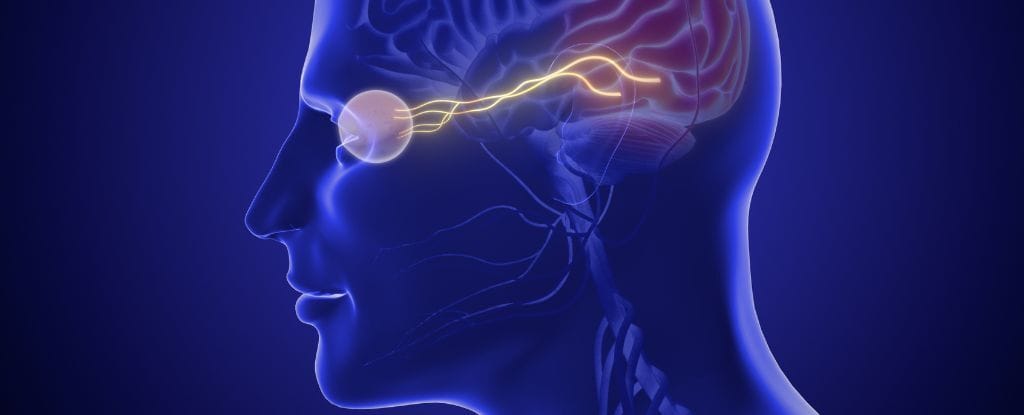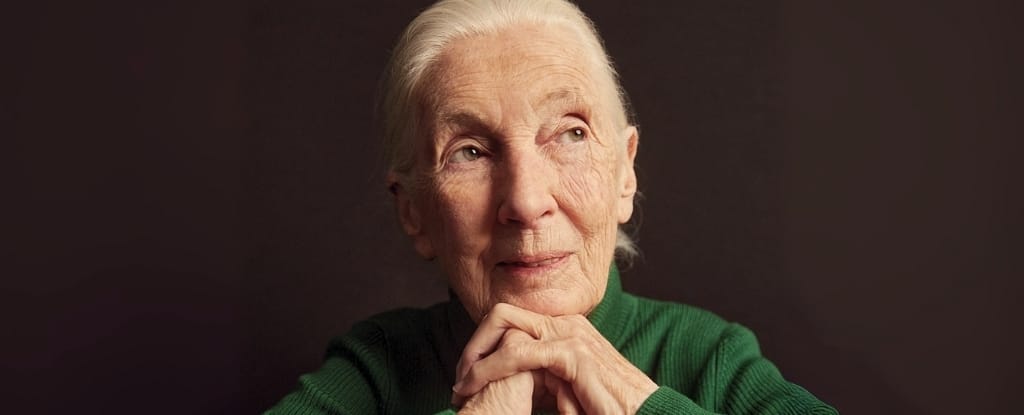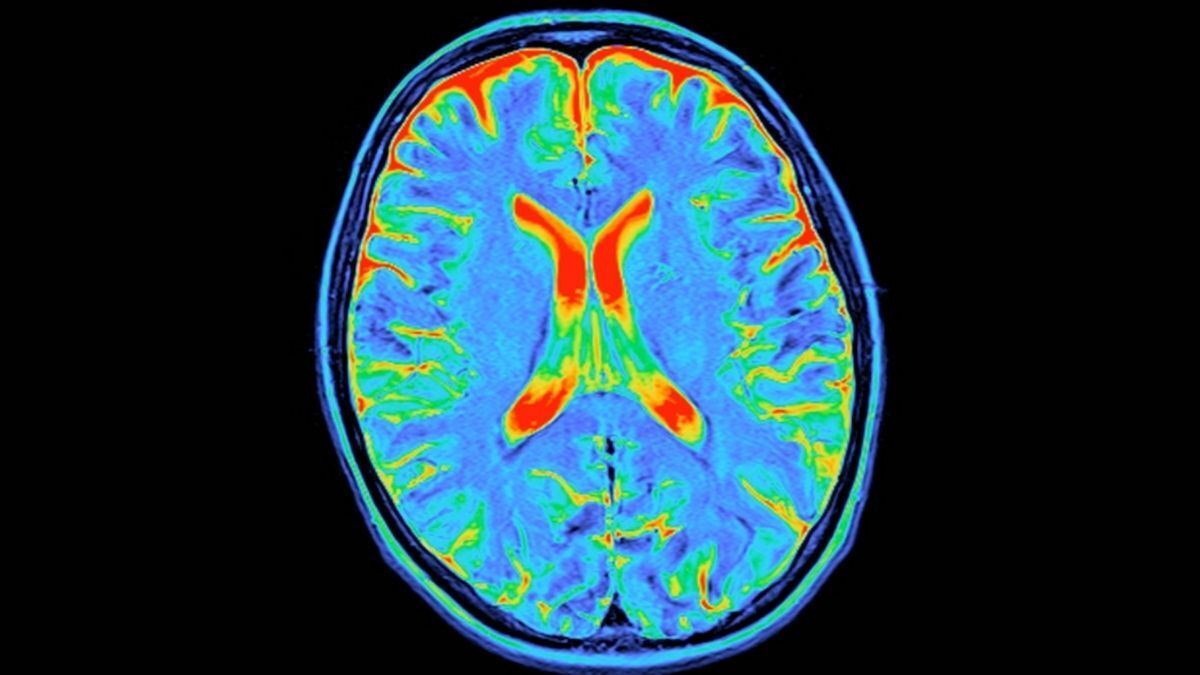The brightest take on this week’s science
It’s time for your weekly Spark of science!
First up, we’re exploring the true nature of heart attacks in women.
Later, we’ll salute the winner of Fat Bear Week, and celebrate the life of a true icon: Jane Goodall.
Also keep your eye out for:
🤯 A mind-blowing fact (some people who are blind can still see)
🔬 A microscope mystery
Let’s get straight to it!
LOOK IN
Many Heart Attacks in Women Are Clot-Free
Heart attacks are historically under-recognized in women, and now it seems their root cause may be misunderstood, too.
New research suggests that in women aged 65 or younger, less than half of all heart attacks are due to clogged arteries.
Many doctors assume that blood clots are the cause of heart attacks in women, like they are in many men.
But among nearly 1,500 female patients, researchers found several other causes at play, including tiny tears in the walls of arteries.
Many of these cases were misattributed to arterial clogging at first.
Better understanding heart attacks in women could save lives.
HEADLINES
What Else We're Watching
🏅This week’s most read: New Blood Pressure Guidelines Mean You May Now Have Hypertension
LOOK OUT
Million-Year-Old Skull Surprises Scientists
An ancient skull found in China suggests the human family tree split much earlier than scientists thought.
The fossil is a curious mix of ancient and modern traits, despite being a million years old.
It doesn’t align with ancient Homo erectus, or later species like Homo neanderthalensis and Homo sapiens.
Instead, it seems to belong to a sister branch that broke away from our own long ago.
The findings suggest that the human lineage may have split into distinct groups much earlier than previously believed.
ZOOM ZONE
Microscope Mystery: What Do You See?

(Kevin Mackenzie, University of Aberdeen/Wellcome Collection)
A) Fish embryo
B) Kelp
C) Fingerprint
D) Coral
Answer at the bottom.
FAREWELL
Jane Goodall Will Continue to Inspire
On October 1st, Jane Goodall, the world’s most famous primatologist, passed away of natural causes.
Goodall started her career with no formal training, and in her incredible life, she changed the world’s view of chimps (and humans) forever.
Goodall was the first to discover that chimpanzees use and make tools, kickstarting a whole line of fascinating research on our primate cousins.
Today, her chimp research project is the longest-running study of wild animals in their natural habitat.
Goodall will be missed, but her work will undoubtedly continue to inspire.
WOW FACTOR
Science Fact of the Week

(jitendrajadhav/Getty Images)
People with damage to their brain’s primary visual cortex are considered cortically blind. Because their eyes are undamaged, however, they can still ‘see’ without consciously realizing it.
This rare ability is called ‘blindsight’, and it exists because of other neural connections to the eyes. People with blindsight can point to a light source in a room at a success rate above chance.
Others can navigate obstacles without knowing what they are avoiding.
DOPAMINE HIT
Before You Go…
Fat Bear Week 2025 was an absolute chonk-a-thon. This year, the winner achieved peak fatness even with a broken, disfigured jaw. Go Chunk! 🐻

(USFWS)
Microscope answer: fish embryo.
The fingerprint-like pattern on this salmon embryo arises from a labyrinth of microridges and tiny folds in the outer cell surface. The structure is thought to provide a scaffold for mucus to cling to the outside.
That’s all for today… see you next week!
- Carly







